“Hi my name’s Rob and I’m a Gen X.”
Not overly important but it does infer that I started my professional career BSM (before social media) and today, the role of social and digital media has nuanced my skills and services.
I was fortunate to be at the coalface when Facebook and Twitter burst onto the scene in the mid-2000’s. At the time, as a PR Consultant to McDonald’s Australia, it was the Gold Coast licensees that opted to be the testing ground for the global operation – how would people react to the golden arches in a new and potentially brand-damaging environment?
I created the first Facebook strategy for McDonald’s anywhere in the world. 83 million followers later, the organisation is going okay – not that I’m taking credit for that! However it does lead me to the point I want to make in this article – not everyone is the lightening rod or shining beacon for their industry or for mass consumers the world over.
I created the first Facebook strategy for McDonald’s anywhere in the world.
Is it me or isn’t this common sense?
Likely because I’ve said this many, many (dare I say many) times over in my career since that first Facebook strategy for arguably one of the world’s biggest brands, I assume what I’m about to say is obvious. However it often gets overlooked when developing the right balance in digital ecosystems.
Brands, especially those that are still finding their feet in digital channels, trying to understand how it generates leads, how to create engaging content, how to measure success and so on, concentrate on owned channels in the ‘Build It And They’ll Come’ approach to strategy.
The notion being that we’ll create a heap of content we want to tell our audience (perhaps not even what our ideal audience wants to hear/need) and we’ll post it on our website, our LinkedIn, Facebook, BeReal, Twitter, etc, etc.
Often, the ‘Hunter Gatherer’ approach is overlooked – and it relates to ‘old skool’ PR – go to where your ideal audiences hang out.
In today’s dwindling newsprint age, the saving grace for the traditional media industry is that its social channels (often Facebook for particular demographics) still command good audience volumes and are often segmented by geography. The Courier-Mail’s Facebook account, for example, you would assume is made up predominantly of Queensland residents or former residents – the page today commands more than 652,000 followers.
If I want to get in front of Queenslanders en masse – that’s a pretty good starting point. I wait for an appropriate article to be shared, relevant to me or my organisation and I add my voice to the comments. I won’t go into the social media etiquette in this article (don’t be salesy, add value, etc) but you get the point.
Furthermore, write content for other channels and partners, using their brand voice with subtle links back to your brand. Get the green light first of course, but you’ll be surprised how most organisations are in the same boat. Not enough time and resources to prepare content for their owned platforms, so if someone else (you) can write something for them – they’re likely to entertain the idea in return for a backlink to your website or social platform.
In summary
Now I’m not one to use follower numbers as a sole metric for success – far from it. But if you want to grow your audience, consider a happy balance between writing for your own channels and for others. At the very least, take the time to find out where your key stakeholders hang out or get their information. Subreddits, traditional media online, forums, blogs, etc.
Then consider how your knowledge can best answer those stakeholder needs wherever they may virtually reside.

